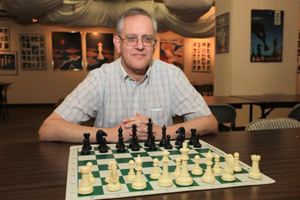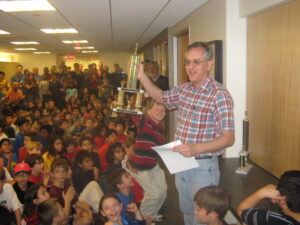American Chess Magazine: Worth Supporting
- by David Mehler
American Chess Magazine is a publication worth reading and supporting. In its most recent issue (#46) it published an article I wrote about the Alex Sherzer Memorial Mid-Atlantic Masters, and for the first time I read the entirety of the 82-page glossy.
Having not played competitive chess in more than 30 years, I found some of the grandmaster analysis beyond me but can appreciate the effort that went into it. The magazine enlists many of the world’s top players to prepare articles and analyze games. The amazing Polgar sisters, Judit, Sofia, and Susan, seem to be regular contributors. Many other well-known names have had by-lines: GM Boris Gulko, GM Wesley So, GM Maurice Ashley, GM Joel Benjamin, GM Alex Fishbein, as well as our local phenom WGM Jennifer Yu.
Most of the articles are written so well that they are accessible to every level of chess-playing reader. The American Chess Magazine receives awards for the high caliber of its journalism every year.
The articles cover all aspects of chess, from current events in America, to tournament results all over the world, to human interest stories and chess history, and, in this most recent issue a special feature of strong female players beating strong male players.

In addition to the best players in the world contributing to the magazine, one of the editors is a high school American girl who impresses both over the board and off. There are great book reviews. The layout is superb. I do not see a weakness in this bi-monthly periodical and believe it offers quite a bit for people interested in chess at any level, although those trying to improve their skills will benefit most.
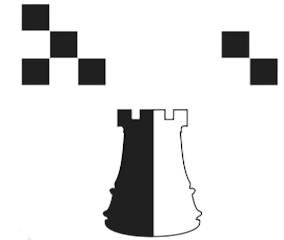




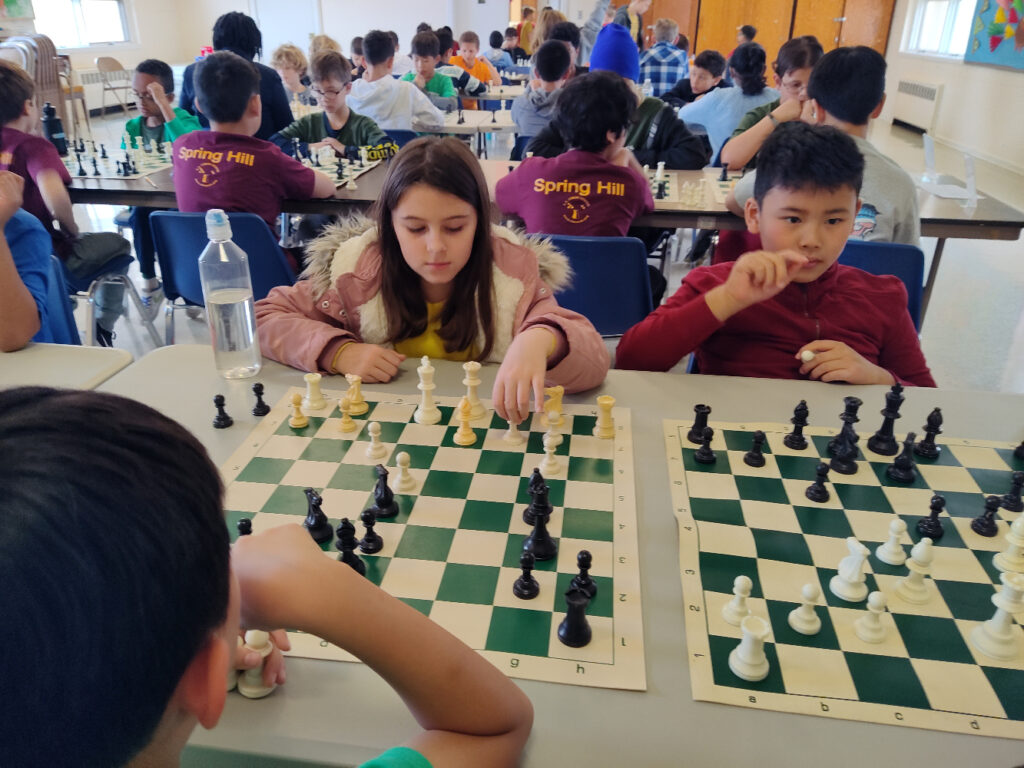

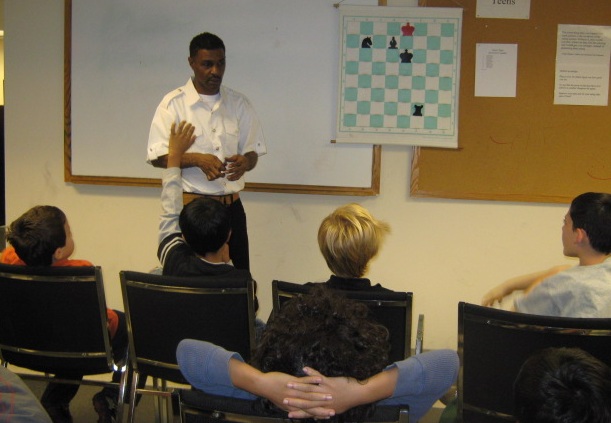
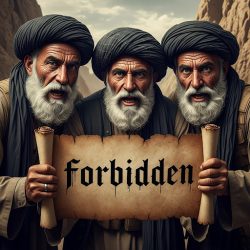

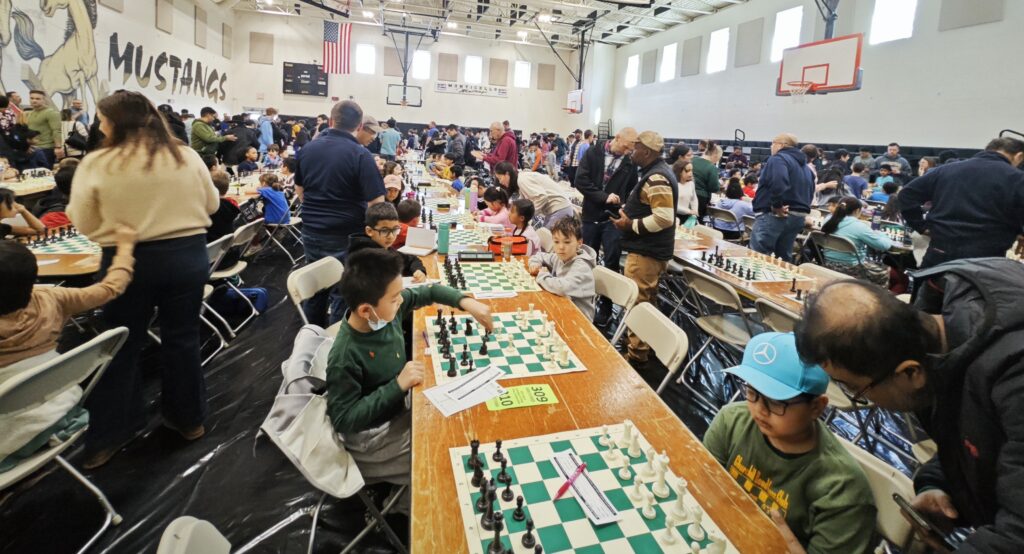
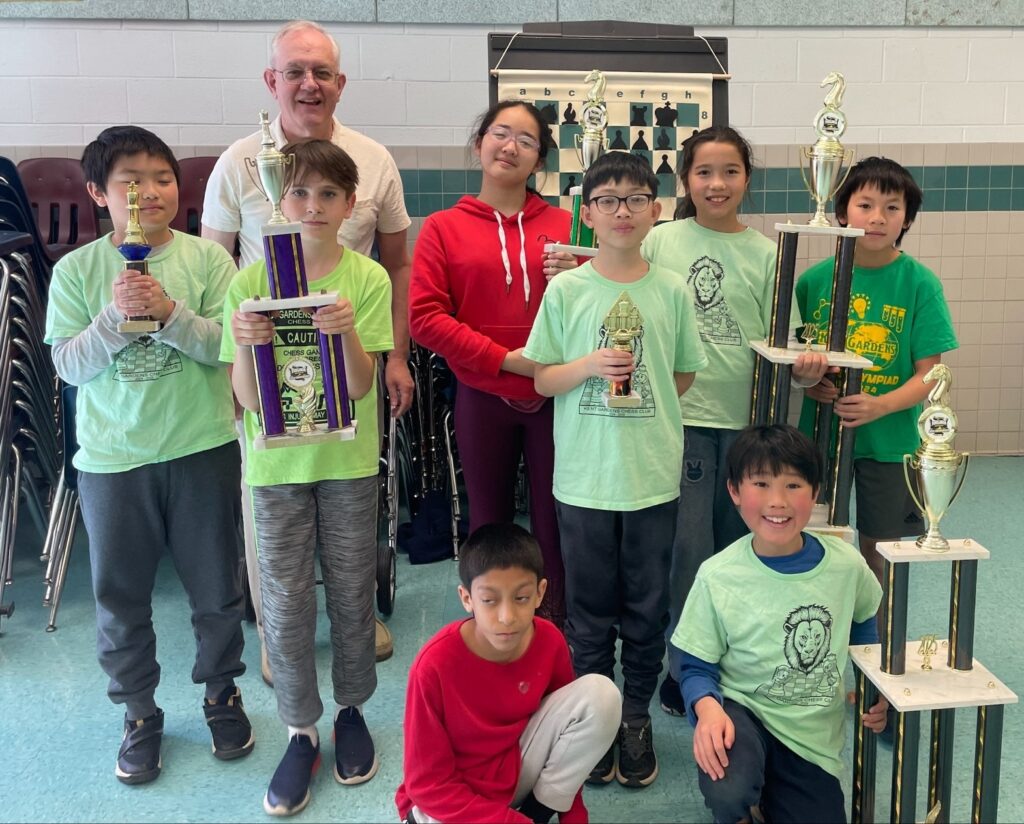
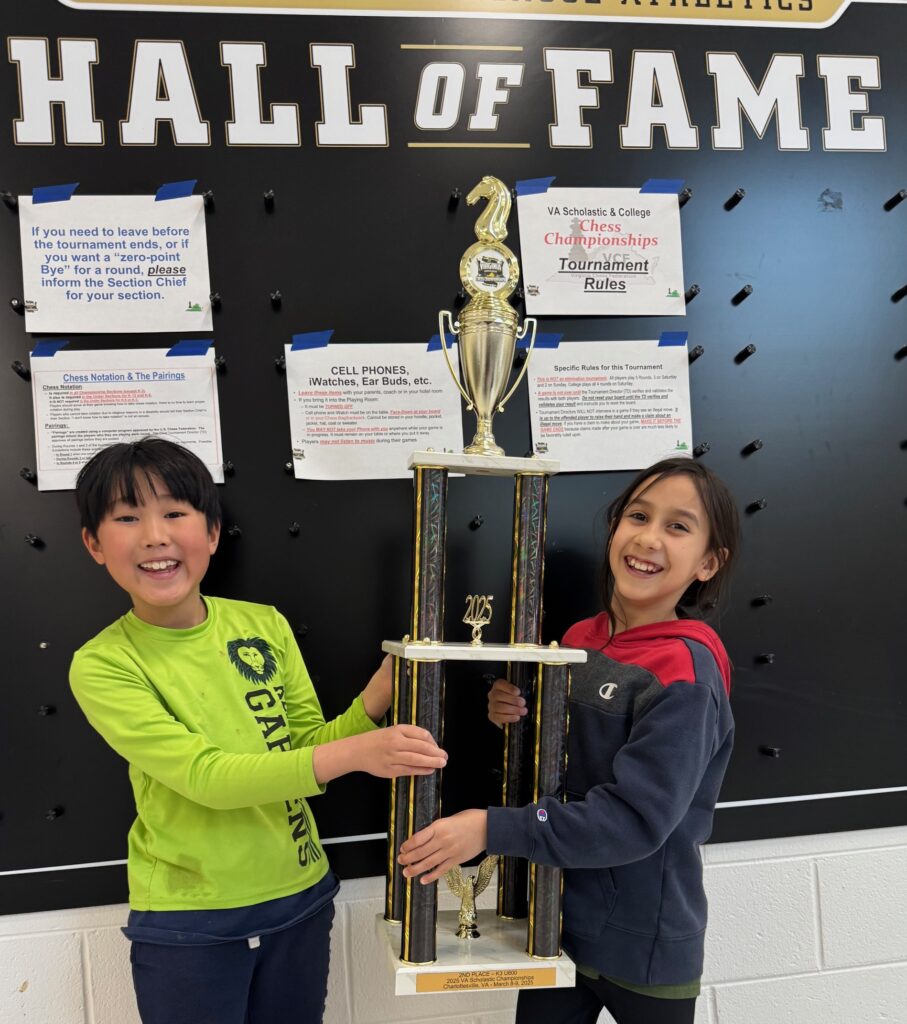
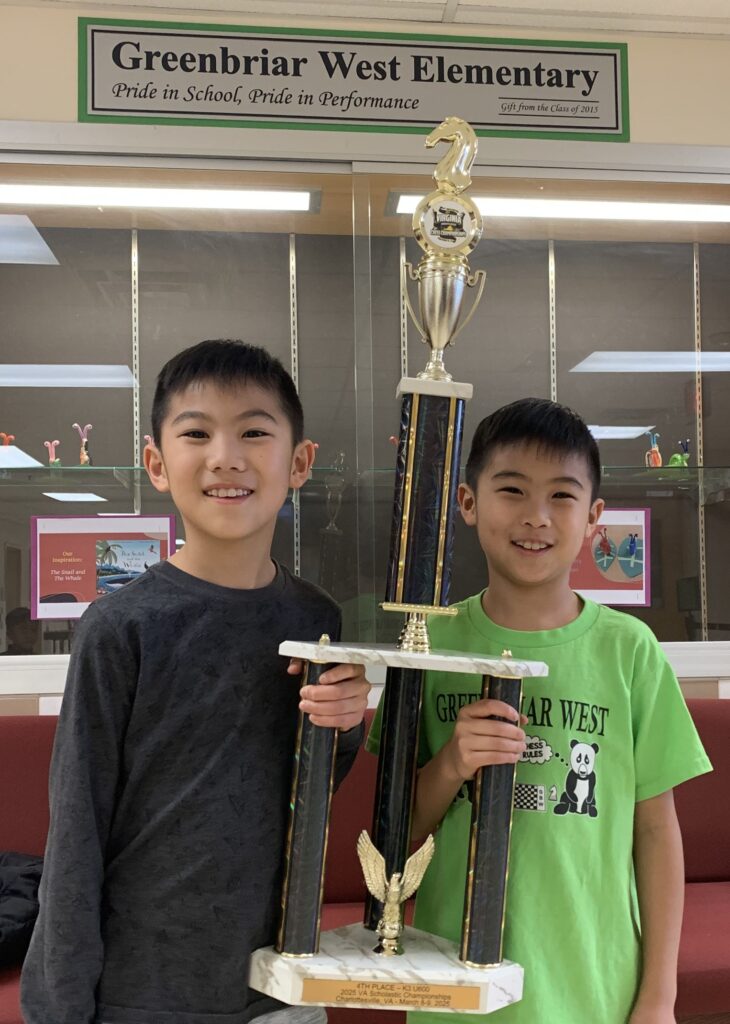
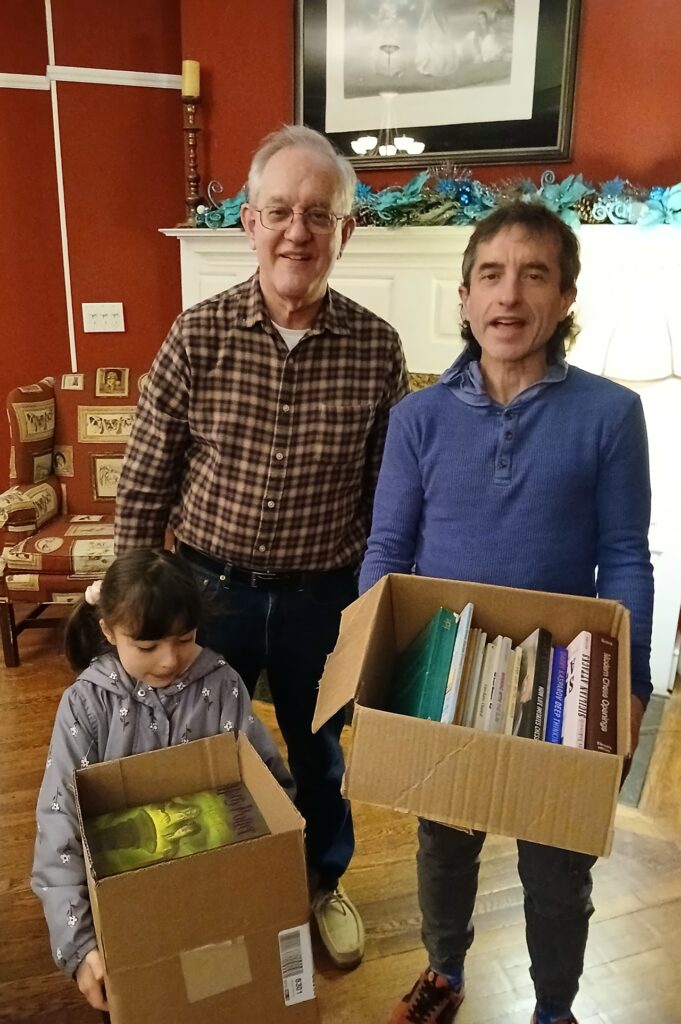

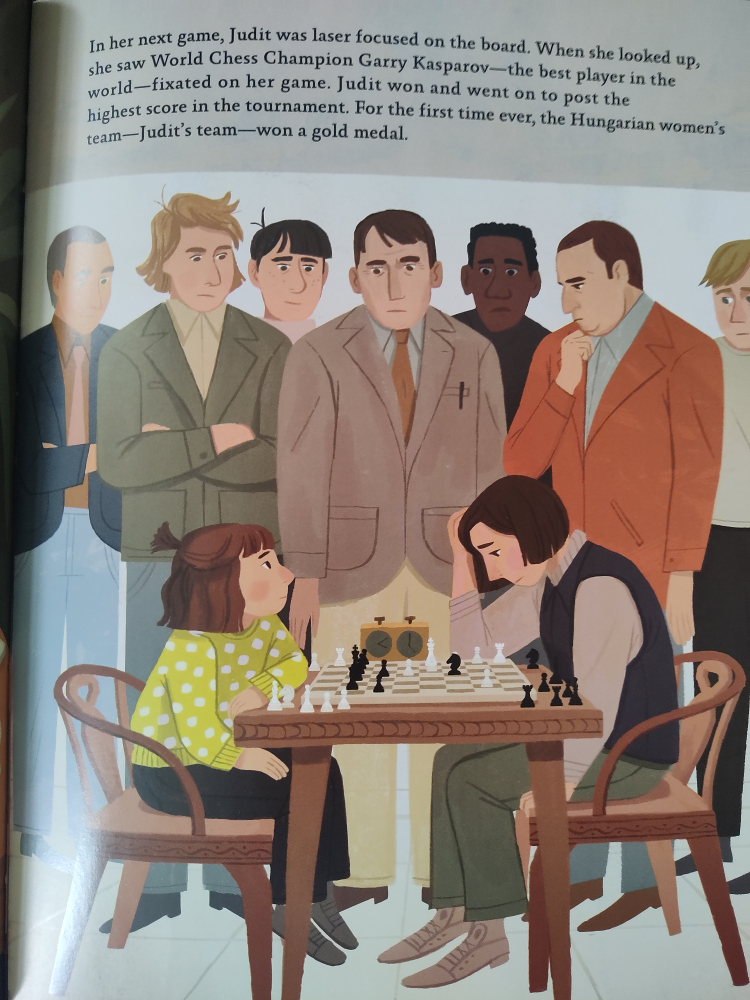
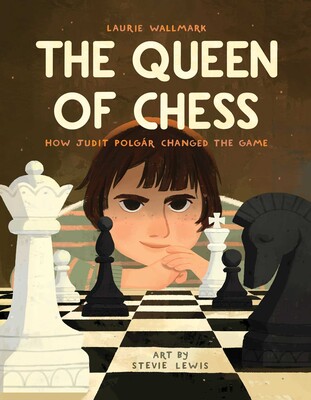
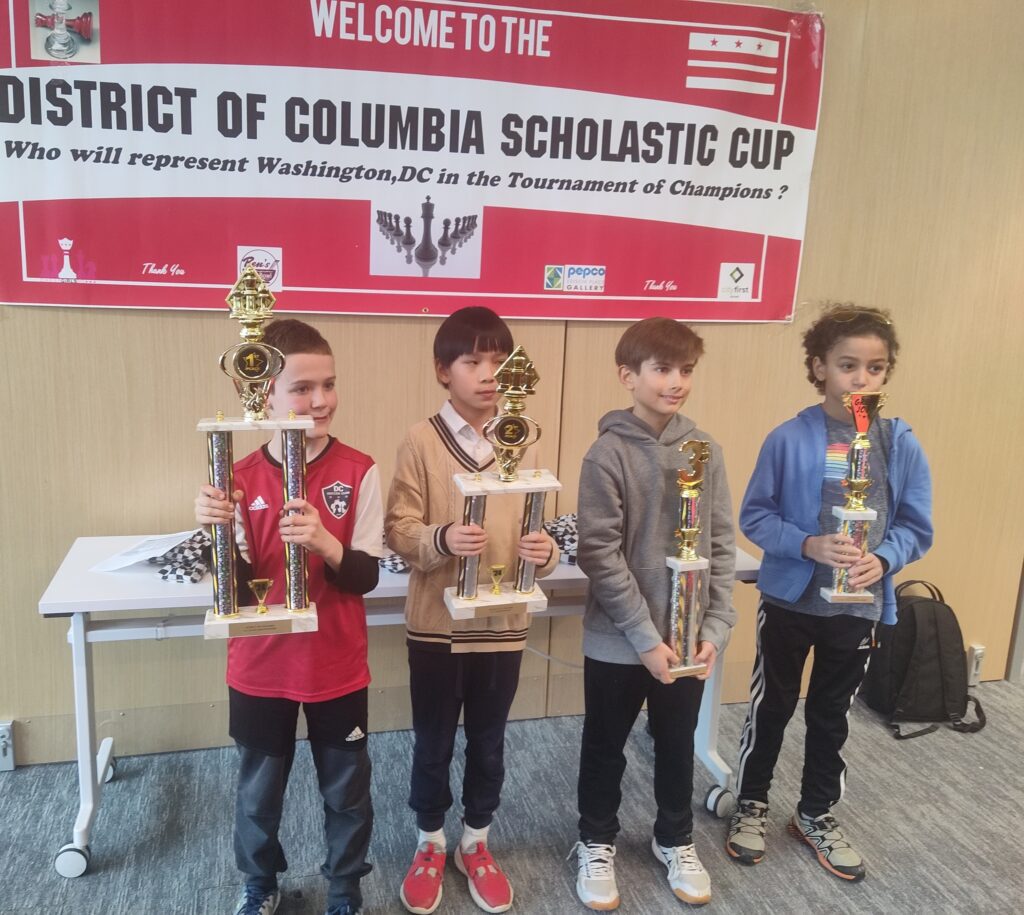
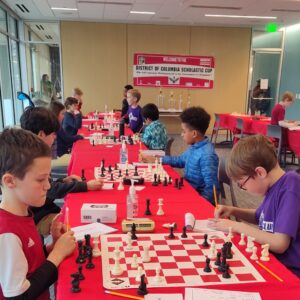

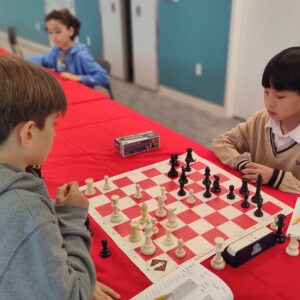
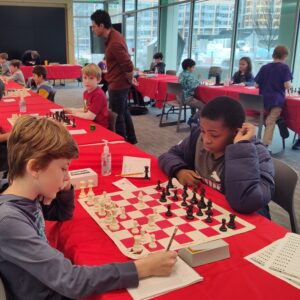
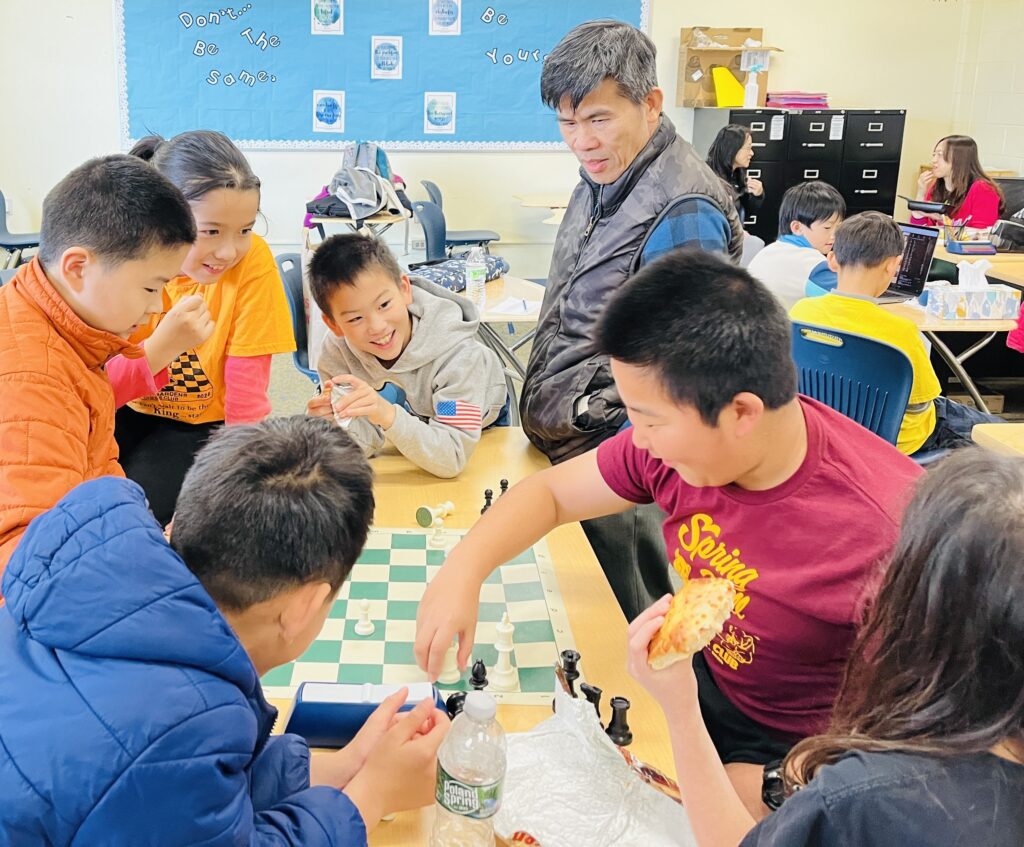
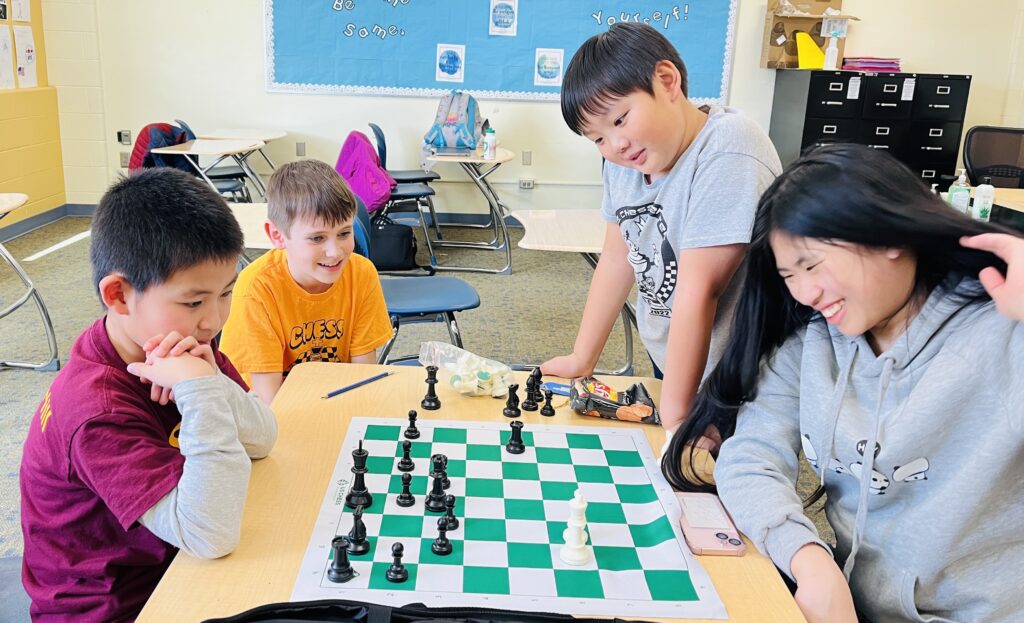
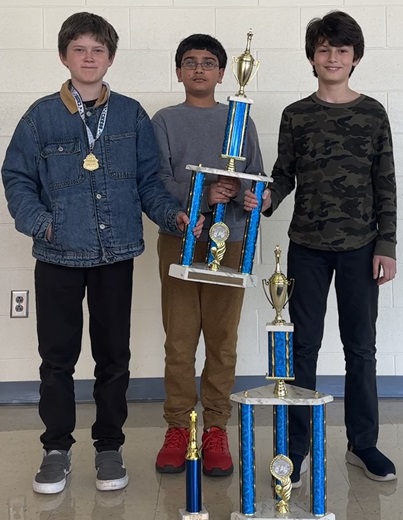

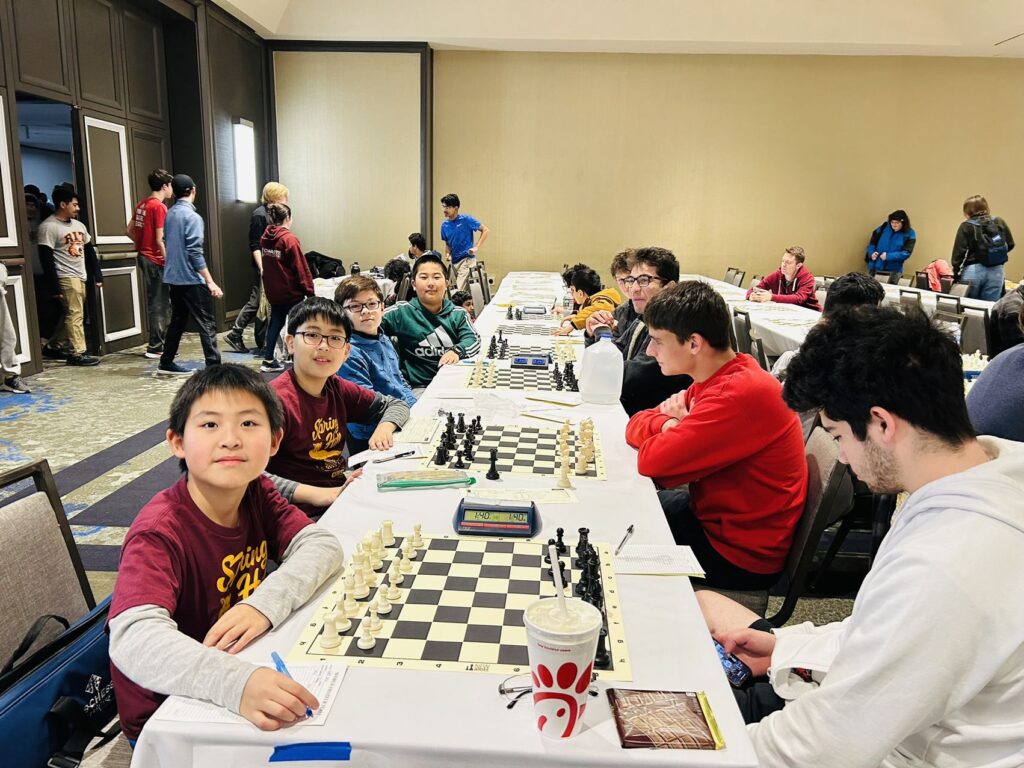

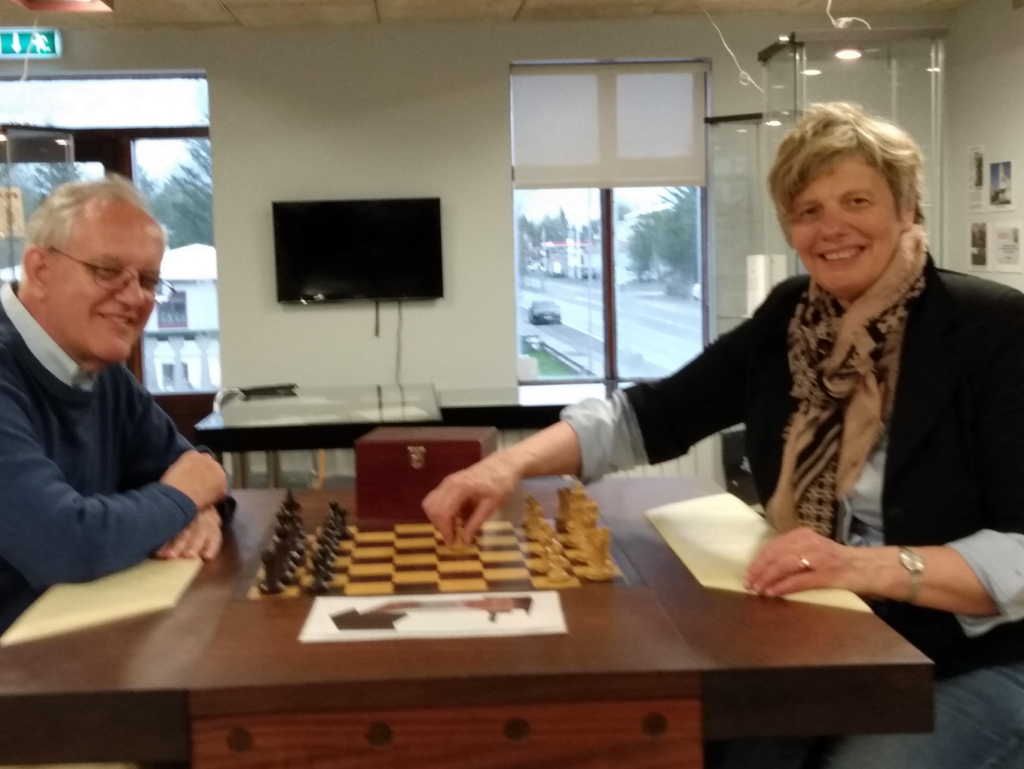
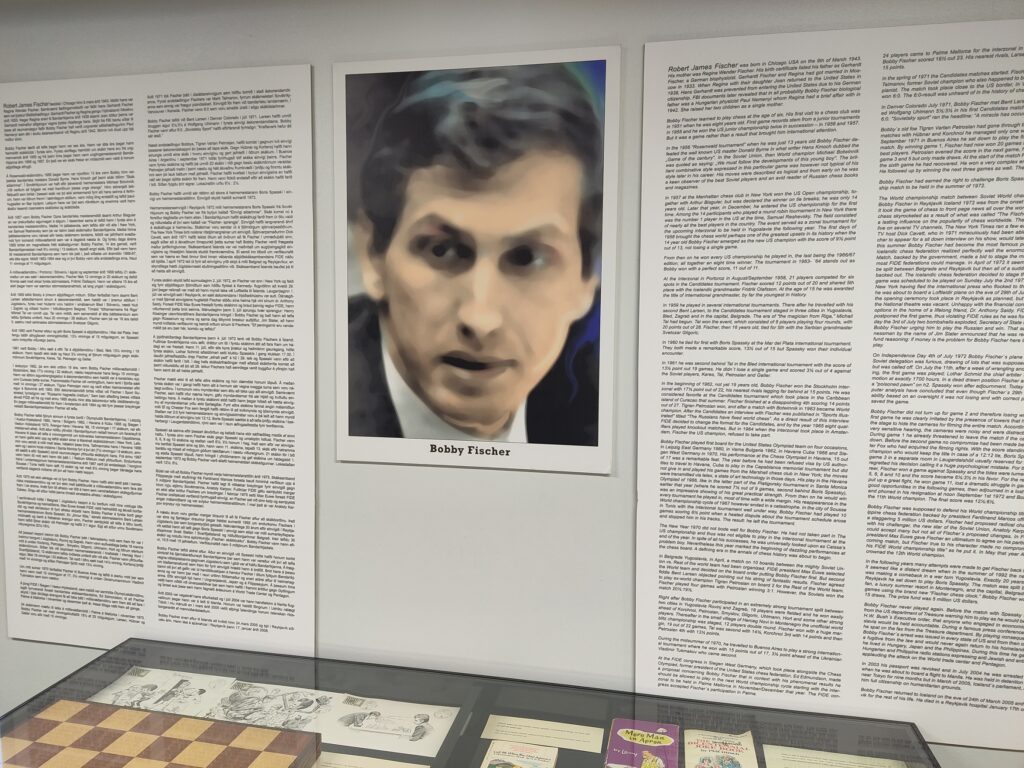
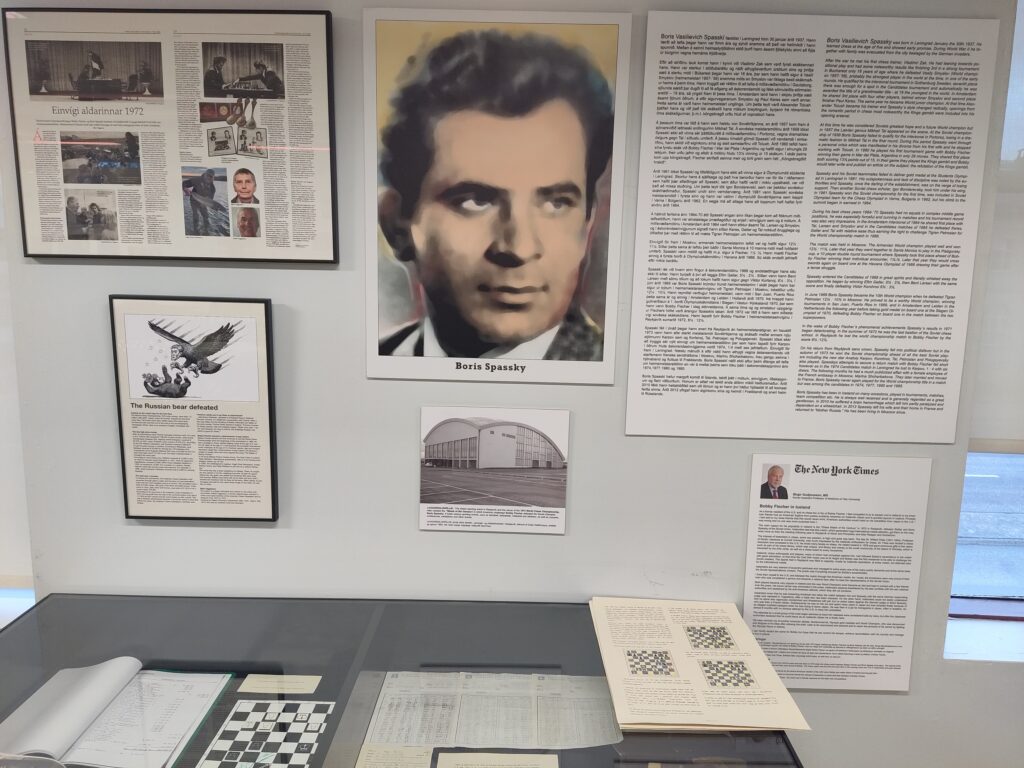

 The seeds of my love of teaching were planted in college — not because I had inspirational professors, but through my experiences as a founder of the Pail & Shovel Party. (Google it. I was gone by the time the flamingos landed and the Statue of Liberty arrived, but was involved with the conceptual stage.) Pail & Shovel taught me that anything can be turned into entertainment, entertainment holds people’s attention, and through that attention, education takes place.
The seeds of my love of teaching were planted in college — not because I had inspirational professors, but through my experiences as a founder of the Pail & Shovel Party. (Google it. I was gone by the time the flamingos landed and the Statue of Liberty arrived, but was involved with the conceptual stage.) Pail & Shovel taught me that anything can be turned into entertainment, entertainment holds people’s attention, and through that attention, education takes place.